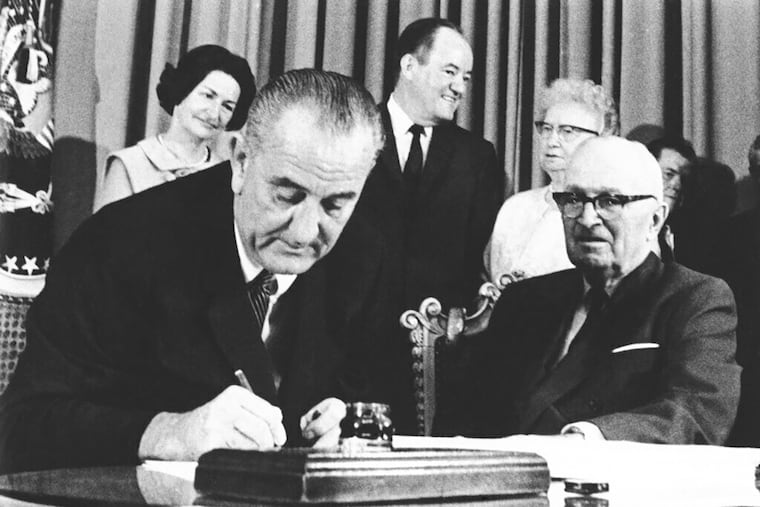NYC Expands Job Opportunities in the Green Economy
As New York moves towards a green economy, the potential for creating good job opportunities for people of color and low-income communities is immense. Historically, these groups have faced significant environmental injustices, and the transition to a green economy offers a chance to redress these disparities. Projections indicate that hundreds of thousands of green jobs could emerge in the next 15 years, prompting city and state leaders to implement various workforce training programs designed to prepare a diverse workforce for these positions.
However, concerns persist regarding the actualization of these job opportunities. A recent report from the Center for an Urban Future highlights that the growth of New York City’s green economy has been slower than anticipated, with hiring levels remaining relatively stagnant in recent years. Although postings for jobs requiring green skills are on the rise, the core of the green economy currently remains small. In 2023, there were only 2,184 unique job postings within this sector, a stark contrast to established industries such as healthcare, finance, and technology.
Interestingly, growth in green jobs has predominantly occurred in sectors that extend beyond the core green economy. Over the last decade, there has been an increase in job postings that seek green skills—particularly in architecture, engineering, finance, and within higher education institutions. However, many of these positions typically demand candidates with advanced degrees, rendering them less accessible to those accessing short-term training opportunities.
To tap into the full potential of the green economy, city officials must address the barriers to job creation. Immediate action is required, focusing not on new policies but on effectively implementing existing initiatives, particularly Local Law 97. Enacted in 2019, this landmark regulation mandates emissions reductions across the city’s building sector and has the potential to lead to significant job creation. Unfortunately, progress has been sluggish, as building owners face challenges including high borrowing costs and complicated regulatory frameworks.
In response to these challenges, city leaders could enhance the effectiveness of Local Law 97 by establishing a revolving loan fund aimed at financing decarbonization projects. Additionally, expanding the PACE Financing program could provide much-needed financial resources for building retrofits, while establishing a Green Building Assistance Corps could help owners navigate compliance with the law.
Given that many emerging green jobs require at least a bachelor’s degree, leveraging the resources of the City University of New York (CUNY) will be crucial. Significant investment in CUNY could not only prepare students for careers in fields such as architecture, engineering, and finance but could also fortify the green sector in New York.
Through a coordinated effort that includes strategic financial support, educational initiatives, and the effective enforcement of existing regulations, New York City has the potential to harness the green economy’s promise for long-lasting job creation and economic empowerment for its most disadvantaged communities. By ensuring that this sector flourishes, the city can transform its commitment to sustainability into a tangible opportunity for upward mobility for thousands of low-income residents.







